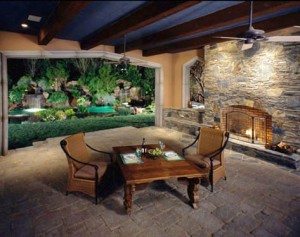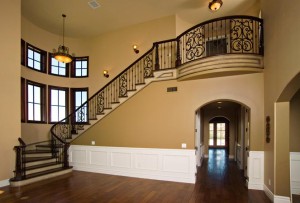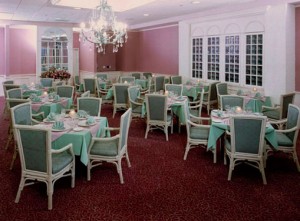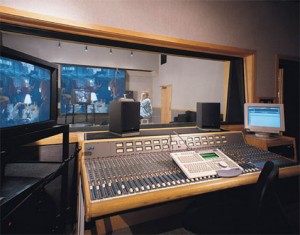I often mentioned that there are two and a half important things about light, and the first is color. If you have any one quality light source: continuous spectrum and flicker free, you can get excellent color with a digital camera. You can even get decent color with fluorescent and mercury vapor lamps, at least some of the time. However, when you mix color, you can’t get good color. The reason is simple, the color isn’t really mixed, but bluer here and yellow here. The camera does an overall balance, not pixel by pixel.
I don’t bring this up in order to discuss the problems this causes but to discuss the process of solving the problem. Over the years I have acquired a lot of equipment and supplies that give me control over this problem. I have BCA bulbs, which have a color temperature of 4800ºK. These are 250 watt bulbs with a standard base. I also have BBA bulbs, same wattage and base but 3200ºK. Both these bulbs are useful if I am lighting a long room that has no place to hide a light on the far side. There are problems with heat with these bulbs, so you can’t run them for more than a few minutes. Another solution is a roll of half orange gel from Rosco. I can put this on the outside of a window; you don’t see the tape if you put it outside. This will make the sunlight warmer, closer to the interior color. I could also buy full orange and 1/4 orange, but at $93 for a 4’X25’ roll, I get by with the 1/2 orange. Generally I want the outdoor light to be a little cooler than the interior light, but only a little. Both the bulbs and the Rosco gel, don’t get used much, only when I think they might be needed.
I have a lot of strobes, and at least some of these go on most jobs. I have very powerful Norman series 900 strobes: 8 heads and three power packs. I use these much less with my digital camera than I did with large format film. I have one Calumet Travelite monolight that goes on a lot of jobs. I also have my Norman 200B units 7 heads and 5 power packs, at least some of these go on almost all jobs. Of course all the strobes have a color balance of about 5000ºK, daylight. In the cases with the strobes I have pieces of Rosco Gel, in full, 1/2, 1/4, 1/8 orange as well as the blue for cooler lights and the greens to make the light look more like fluorescent.
Of course I have stands, big one small ones and boom arms. I have many ways to attach lights, filters, modifiers and so on. I was just discussing with a student that I have 6 tripods. I even have a generator. Part of the reason that I have all of this is that I have been shooting professionally for a long time.
Another reason for having all this gear is that it all solves some problem. But it creates a problem as well; unless I rented a U-haul I couldn’t possibly take all of this stuff on location at any one time. So, when I am at my office, I have a huge number of ways to solve a problem. If I have enough time before a job I may even be able to buy a few new solutions. However, as soon as I pack to go on location I only have the solutions that I bring with me. One of the most important things you can do, before a job, is a site visit. That way your available solutions match the problems on the job.



